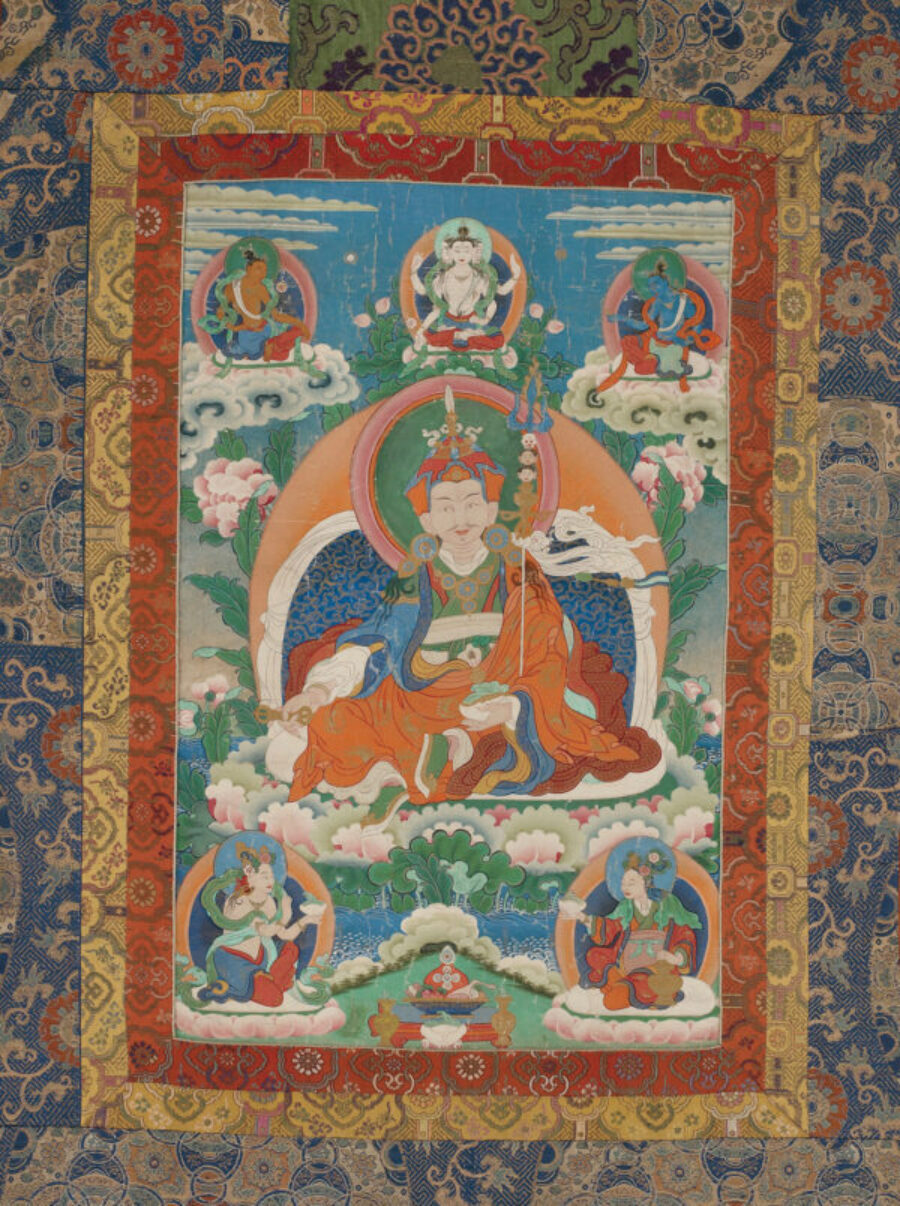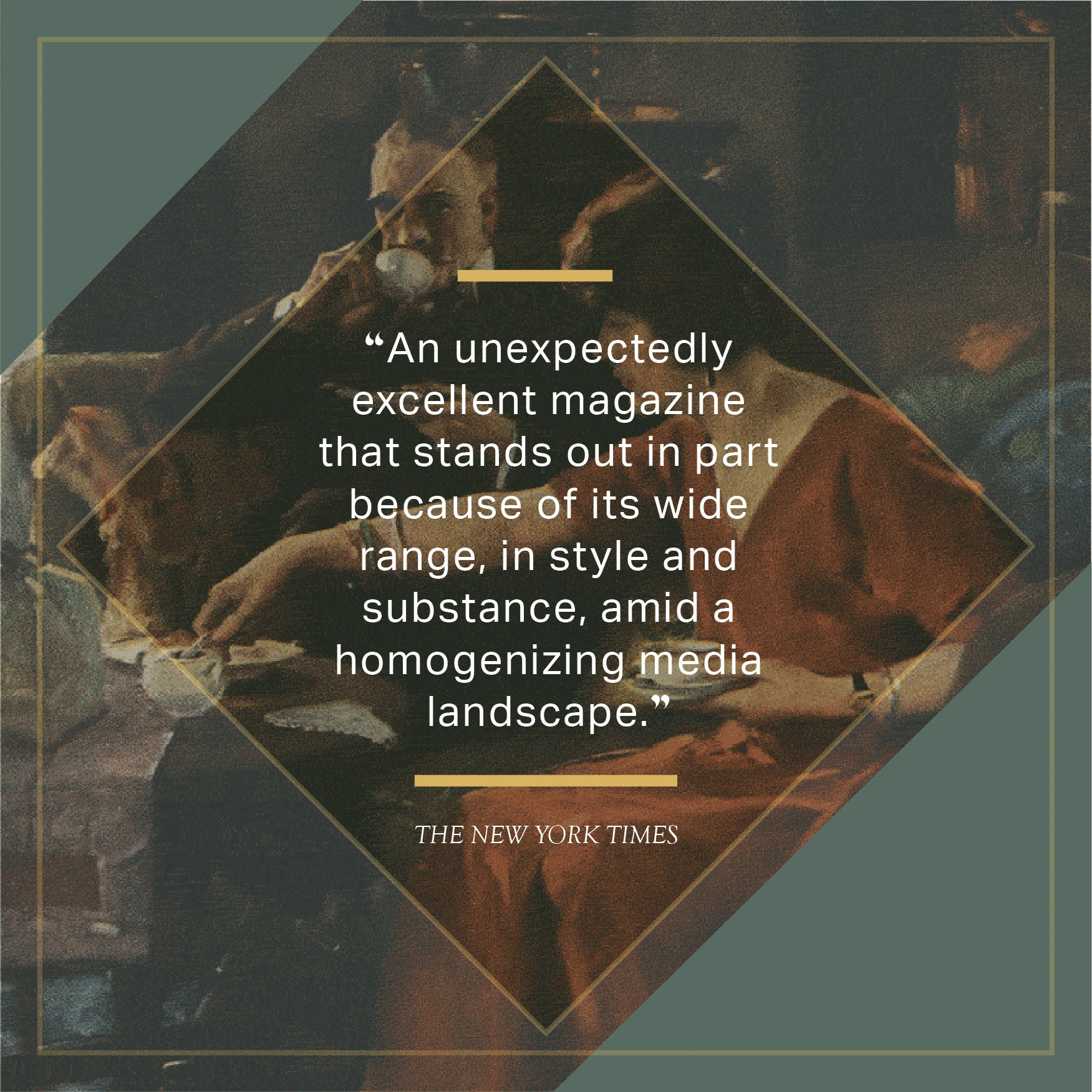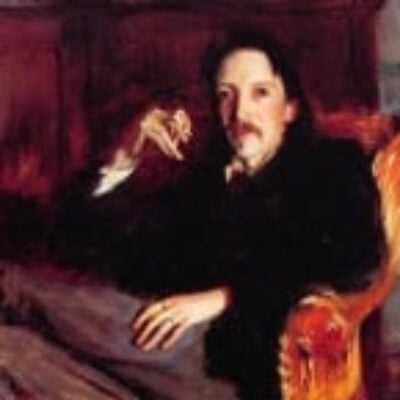
A late-nineteenth-century thangka of Padmasambhava: mineral pigments, Chinese Qing brocade frame, silk dust cover (detail). Courtesy the National Museum of Asian Art, Smithsonian Institution, Arthur M. Sackler Collection, the Alice S. Kandell Collection, S2013.29.4
The eighth-century Buddhist tantric master Padmasambhava is thought to have been the first to describe a beyul—a place where the physical and spiritual worlds collide. These hidden valleys are buried among the Himalayas of Nepal, Tibet, Bhutan, and India. Some are tiny; others are hundreds of square miles. But the belly of each comprises an ambrosial, parallel dimension, limitless in divine and earthly delights, and accessible only to true believers, as the Holy Grail was to Lancelot. One could stand smack in the middle of a beyul without knowing it existed. Nobody is sure how many exist, but the…






































































































